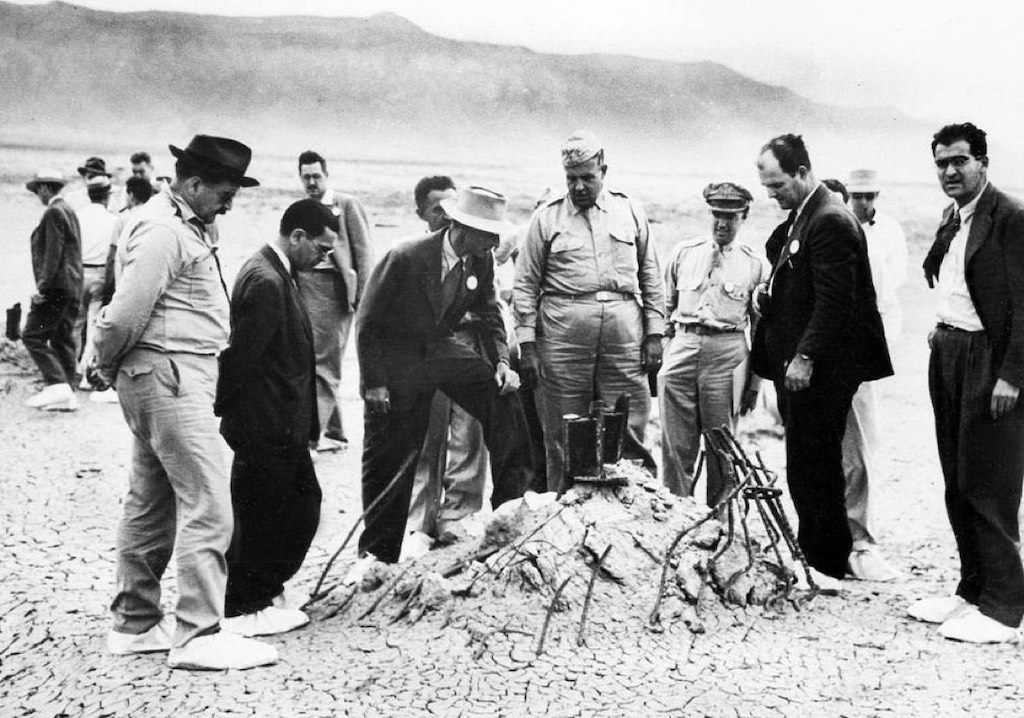Having decided to move from long passive “walls of words” to a diary-based blogging format, I more of less arbitrarily picked WordPress.
I did try to analyse a few alternatives. I checked out the list of the best blogging tools and I ran through a number of video tutorials, but my choice was still dominated by the fact that WordPress is the market leader.
The next step was to sit down and learn about setting up my blogging site, and how to create my first post.
Video tutorials were a vital element in my decision.
Upfront, it’s important to identify good practices, and avoid all the common blogging mistakes. This is true for both the quality of the content itself, and for the way the content is presented.
Look and feel is all about the design, the layout, the typefaces, the colours, etc., and the interaction dynamics such as the menus, buttons, links, etc. So what I needed were some guidelines.
This proved more difficult than I had initially expected. Google presented more than 1 billion results on the query “blogging guidelines”. I needed to find a way to focus on just a few of the better ones.
Three blog guidelines
“The 20 Golden Rules of Business Blogging” from HuffPost proved to be a useful catalyst. As a blog in itself, it looked like a good example, and the advice given was clearly focussed and relevant. I also sympathised with the way the author defined himself as “Expat. Author. Cultural mad scientist. Enemy of the comfort zone”.
However I was looking for a more technical oriented blog. The blogging guidelines of the IBM Community were a useful next step, but they were just too specific and customised to a very narrow user group.
Finally I decided to adopt the advice given by the Academic Blogging Service of the University of Edinburgh. I was particularly interested in the topics of privacy and cookies, and writing accessible and engaging blogs. Also their own webpages were an example in the application of their own guidelines.
What's the difference between an article and a blog?
Using the advice from an academic institution immediately brought up the difference between an article and a blog.
Conventionally, articles tend to be formal, professional, and discursive, whereas blogs tend to be informal, causal, and conversational.
The distinction today is blurred, driven largely by the need to stand out from the crowd. Blogs today can be easily 1,000 to 2,000 words long, and are often built around factual data and the expression of well researched opinions. Online magazine articles have become shorter in word count, have longer more catchy titles, and also include well researched opinions.
Today the reality is that articles and article-style blog posts still convey more authority. The advice today is to focus on well researched and interview-rich stories, with a magazine-type feel, and include a blog upgrade to retain the currency of the subject.
The most important feature of a blog is to quickly get to the heart of the subject.
Readers want to easily identify the keywords, tips, lessons, tools, insights, opinions, etc., and don’t want a lot of data, graphs, statistics, etc. that need additional evaluation and analysis. They also want to know that what is presented is still relevant on the day they read it.
It’s great to understand what is I should do, even if I would then go on a break every rule.










